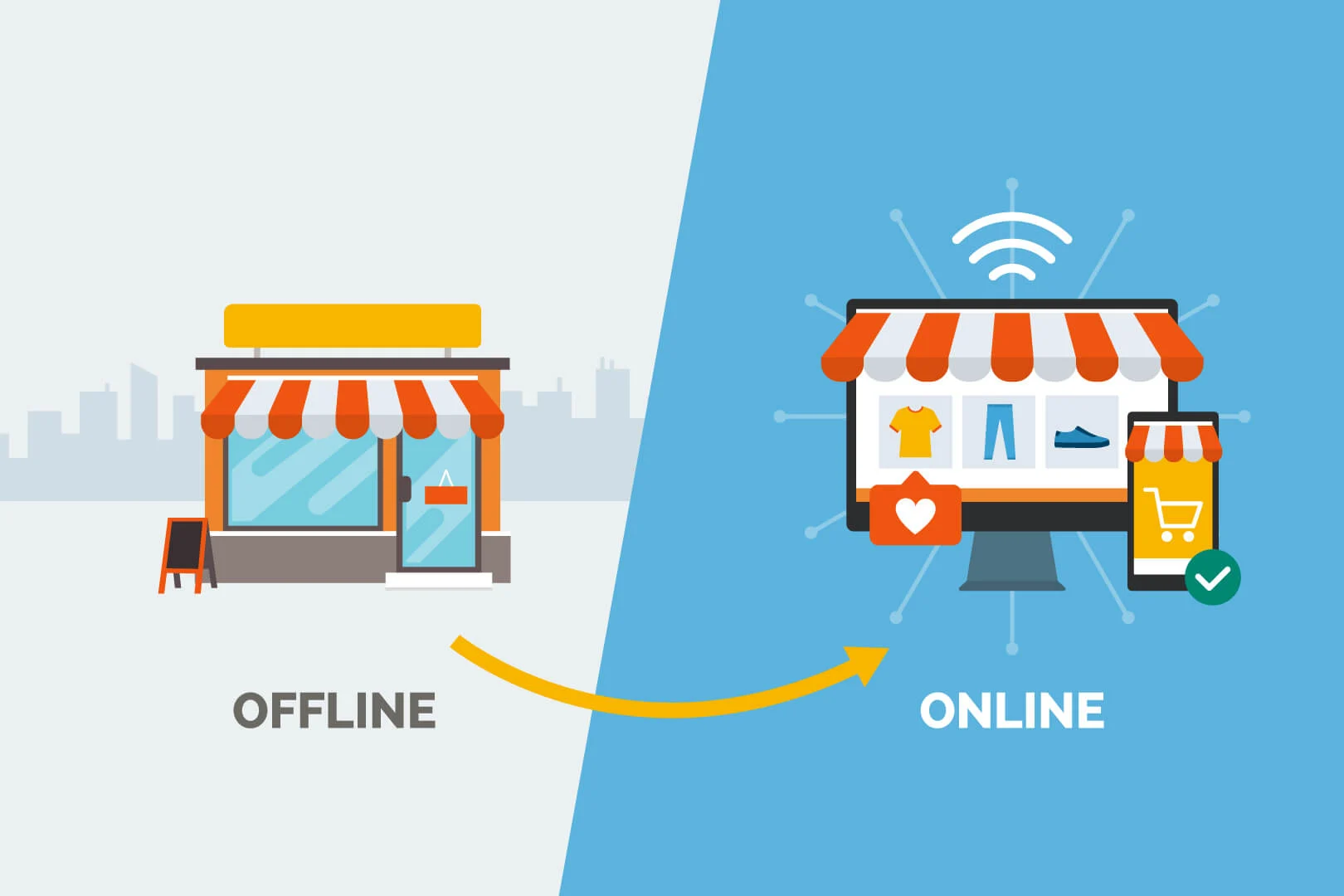The Awakening - The Risks of Digital-Only Outreach
Transitioning your business online opens exciting new opportunities to connect with customers. However, an exclusively digital approach also carries risks. This post explores strategies for bringing your offline and online efforts together into one powerful omnichannel strategy.
An online-only presence leaves you vulnerable if internet connections fail or consumers delete apps. Combining digital media with real-world touchpoints creates a robust omnichannel ecosystem, uniting your offline and online outreach.
Building Bridges Through QR Codes
QR codes bridge the physical and digital worlds. These versatile black and white squares pack loads of data into a scannable format readable by smartphones.
Strategically placed QR codes transform passive materials like signs, packages, and documents into gateways to online content. A code on your store window could link to your Instagram profile. One on a business card could share contact info to add to a phone.
QR codes bring offline interactions online, making them a simple but multi-faceted omnichannel tool.
Casting Your Omnichannel Net through Community Partners
Third-party community spaces like libraries, schools, or chambers of commerce provide valuable offline networking opportunities. Having your business materials and QR codes available at such hubs helps cast an omnichannel net where your ideal audience gathers offline.
Maximizing Touchpoints in the Customer Journey
Omnichannel requires Understanding your customer’s journey to identify key moments for offline and online touchpoints.
Greet them on location with signage when they first seek your offerings. Send emails nurturing the relationship post-purchase. Enable appointments on your website.
Build Loyalty through Omnichannel Communication
An omnichannel approach provides consistent messaging and seamless transitions between offline and online touchpoints. This cultivates familiarity and trust, empowering customers to engage with your brand through their channel of choice.
Unite Your Online and Offline Teams!
Silos between physical and digital staff can result in disjointed customer experiences that sabotage omnichannel cohesion.
Foster collaboration through activities like cross-training initiatives or team building retreats. When united internally, your omnichannel presence will feel more cohesive externally as well.
Overcome Resource Limitations through Prioritization
For small businesses, building an integrated omnichannel strategy may seem daunting due to limited resources. Start small by identifying priority touchpoints, then expand strategically over time.
Monitor Your Progress through Data Analysis
Track online and in-store metrics to observe engagement patterns, identify strengths or gaps, and fine-tune your omnichannel approach accordingly. Surveys also provide valuable consumer insights. Use what you learn to optimize and evolve.
First Steps to Get You Started
Begin building omnichannel bridges between offline and online by brainstorming ideas for QR codes, partnerships, or improvements to customer journey alignment. Test and iterate to learn what resonates best with your audience! Remember, each connection you build brings your online and offline worlds closer together.


